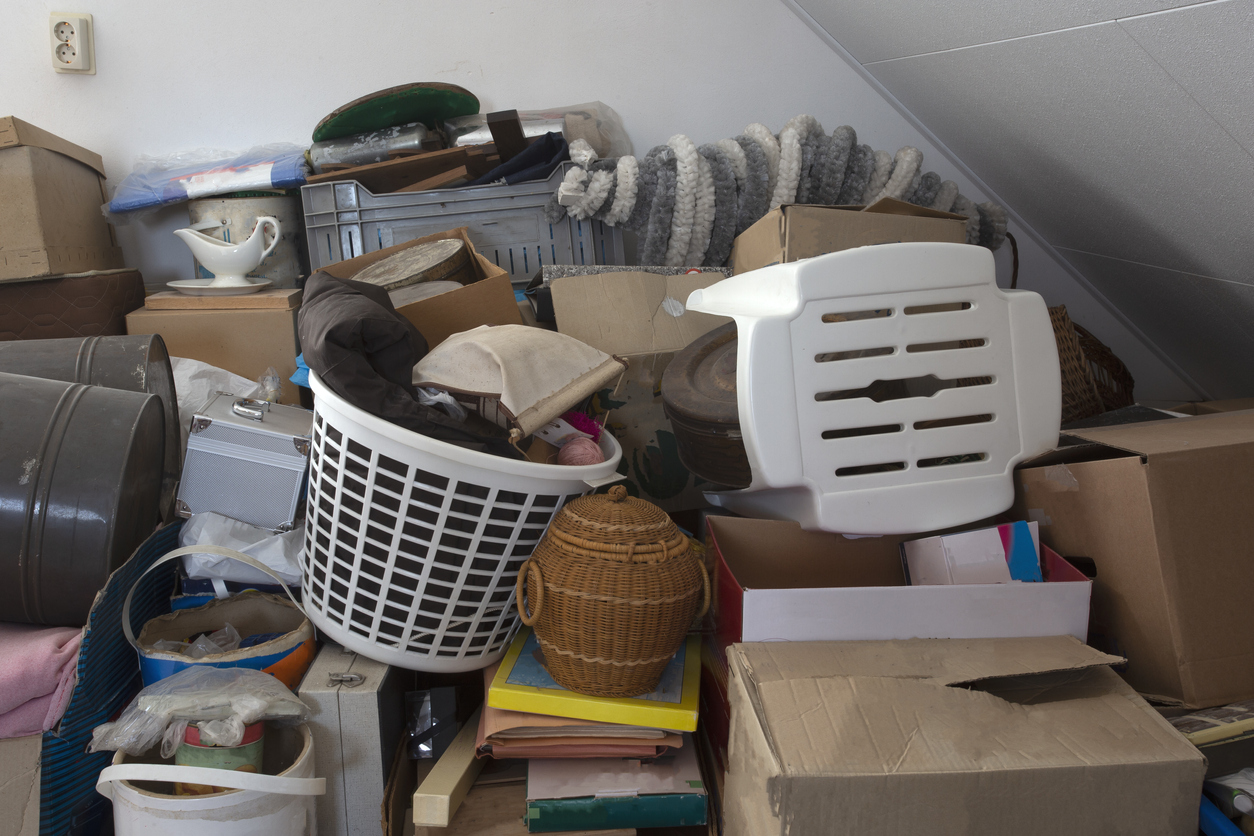
31 Jan Recognizing the Signs of a Hoarding Disorder
Hoarding disorder is a diagnosable and treatable mental health disorder characterized by an ongoing inability to discard things you don’t use, need, or have the ability to care for properly. Getting rid of things may feel emotionally painful, so you keep them.
Over several years, things may pile up, often leading to cramped, unsanitary, and even dangerous living conditions. Symptoms of a hoarding disorder may be accompanied by a compulsive need to buy or collect things others don’t want, which can cause the disorder to take over your life seemingly overnight.
The cause of hoarding disorder is unknown. However, you may remember a time before this all started and be able to pin down a possible cause in your situation. By doing so, you can begin to work through it using self-help methods or professional support for those with hoarding disorder.
Types of Hoarding Disorders
The symptoms of a hoarding disorder can look very different from person to person. Here are some of the shapes hoarding can take on:
- Trash hoarding
- Collecting discarded items from sidewalks or dumpsters plus hoarding
- Animal hoarding
- Compulsive shopping plus hoarding
- Sentimental hoarding
- Food hoarding
- Digital or mail hoarding
What Are the Risks of Living with Untreated Hoarding Disorder?
- Tripping and falling
- Fire hazard
- Food poisoning
- Isolation
- Family fights
- Unintended animal cruelty
- Trouble at work
- Worsening mental health
- Worsening physical health
- Legal and financial issues
What Are the Signs Someone May Have a Hoarding Disorder?
Are you experiencing two or more common signs and symptoms of hoarding disorder?
- Keeping items (or pets) even though you don’t have the room or resources to care for them
- Trash “looks useful” or “I might need it later.”
- Having rooms, sheds, or houses that you can’t access easily because they’re full of “storage” or blocked
- Acquiring things even though you have enough
- Emotional distress when thinking about throwing certain things away
- Perfectionism. You would rather make no decision (even if indecisiveness causes harm) than make the “wrong” decision.
- Trying to organize things but quickly feeling discouraged
- Fights with loved ones about clutter
- Strong need to keep unwanted items or animals safe, loved, or useful
- Feeling safer in cluttered spaces
- Feeling anger or distress when people offer to help you “get rid of stuff”.
This isn’t about the stuff. There’s something emotional and real happening underneath this need to hoard.
When You Need Help
Many people like to hoard things. It becomes a disorder when it’s negatively impacting your health, safety, relationships, finances, or ability to use your living spaces comfortably. When one or more of these is present, it’s time to speak with a professional.
Hoarding is often accompanied by anxiety and depression, so you should speak with a professional about what you’re experiencing.If you have questions about the treatment for hoarding disorder, please contact Psych Choices.




No Comments